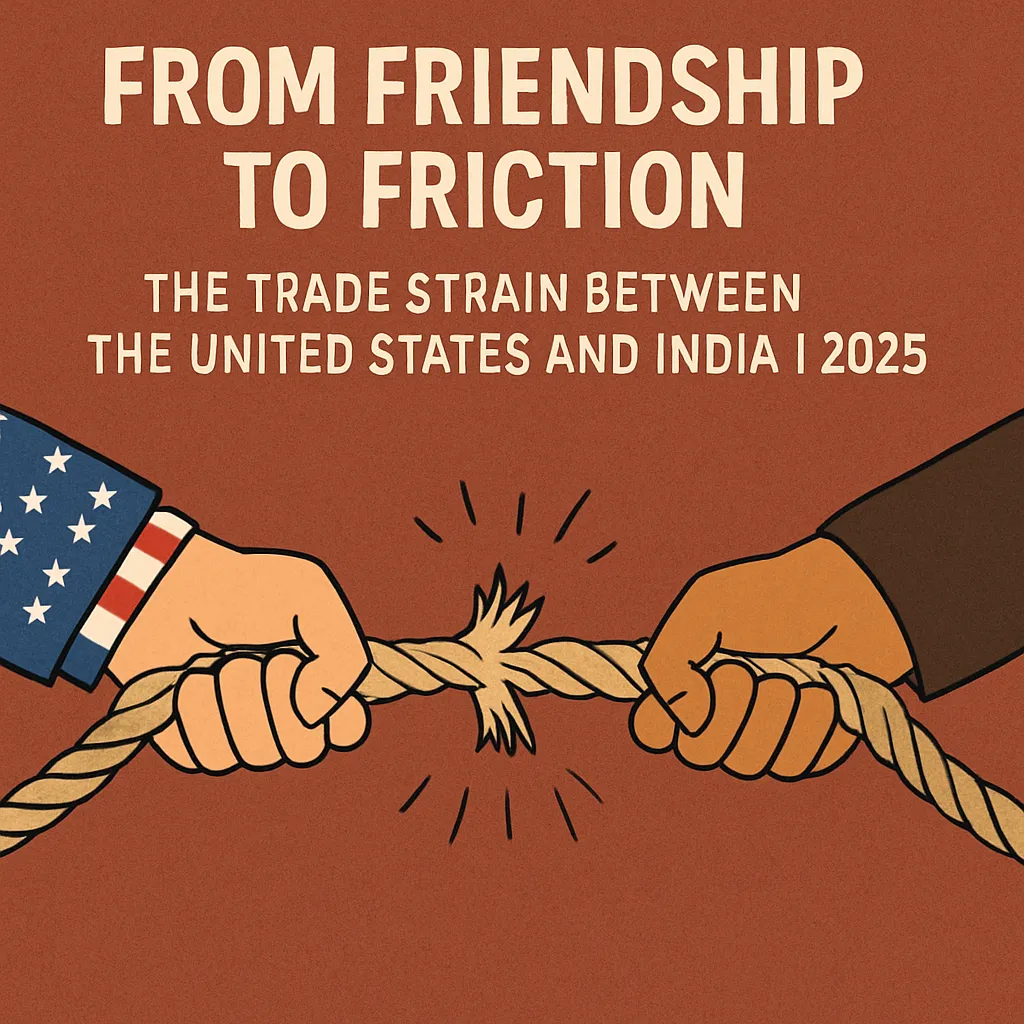Riya Saji
Assistant Professor of Law
A specific type of intellectual property right known as a Geographical Indication (GI) is used to identify goods that come from a specific location and have unique attributes, reputations, or traits that are specific to that area. Protected by specific legislation in several nations, such as India’s Geographical Indications of Goods (Registration and Protection) Act, GIs play a crucial role in assisting communities in maintaining customs and achieving economic empowerment.
Recognizing Geographical Indications
When a product, like Darjeeling tea, Kanjeevaram silk, or Roquefort cheese, is GI, it indicates that its unique quality or renown stems from its geographic origin, whether it be from natural factors (such soil or climate) or traditional knowledge that has been passed down through the generations.
The Procedure for GI Registration (Indian Example)
- Application Submission: Applicants, who usually belong to producer associations or groups, submit a detailed application that includes a map of the region, production requirements, and information about the distinctiveness of the product.
- Review and Examination: Authorities review and can request clarifications or corrections.
- Publication: After being approved, the application gets published in the GI Journal and open to public comment for a set period of time.
- Registration & Certification: The GI is formally registered and protected if no challenges or concerns are resolved. Registration is also given to authorized users.
Contemporary Significance and Advantages
- Economic Development: In rural and craft-focused communities in particular, GI registration usually enables local producers to charge premiums, access export markets, and maintain livelihoods. For instance, since obtaining GI designation, Mysore silk and Darjeeling tea have gained more international reputation and value.
- Preservation of Culture and Heritage: The protection provided by GI law fosters pride and keeps traditional crafts and abilities alive, inspiring future generations to carry on their ancestors’ trades.
- Preventing Misuse and Ensuring Quality: A GI acts as a consumer guarantee, deterring counterfeit and inauthentic products. To protect the market and reputation for authentic products, the label can only be used by approved users in the designated area.
- Brand Building and Export Boost: GI-tagged products frequently have a distinct branding edge, assisting areas in being known for quality and tradition, which draws tourists and attention from across the world.
The current impact
Adoption of GI tags promote rural development, job creation, and market expansion, according to recent evaluations. For example, both local and national economies have benefited from India’s increased export of GI-recognized agricultural products. Additionally, GI protection increases consumer confidence and fuels the desire for genuine, sustainable products around the world.
In conclusion
The modern knowledge economy depends heavily on geographic indications. They enable grassroots innovators to compete internationally while maintaining their local character by fusing legal protection with cultural celebration. GIs are positioned to become even more important in trade, heritage preservation, and sustainable development as consumer awareness of authenticity and ethical sourcing grows.








